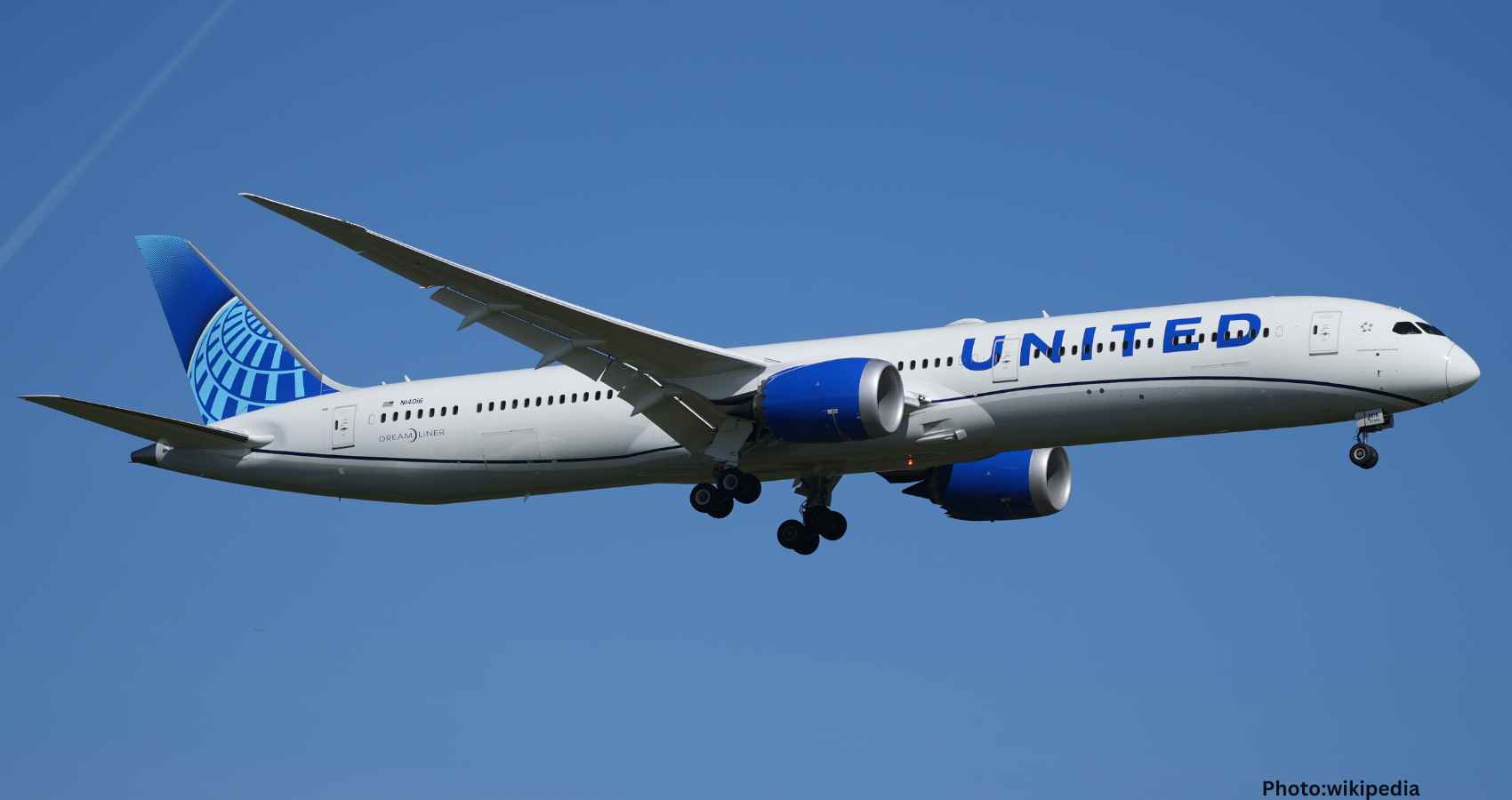United Airlines Flight UA82, a Boeing 787-9 Dreamliner, executed an emergency landing shortly after departure from Newark Liberty International Airport due to a critical cooling system fault, ultimately ensuring the safety of all passengers and crew on board.
A United Airlines flight en route from Newark Liberty International Airport in New Jersey to Indira Gandhi International Airport in Delhi was compelled to perform an emergency landing on July 7, 2025, after a significant mechanical fault occurred mid-flight. The Boeing 787-9 Dreamliner, operating under flight number UA82, safely returned to Newark around 11:15 p.m. after departing at 9:30 p.m. Passengers and crew disembarked without incident, showcasing the airline’s rapid response to inflight technical challenges.
The aircraft encountered an onboard cooling system issue roughly 45 minutes after takeoff, while cruising at 33,000 feet. Following established safety protocols, the crew declared an emergency. The fault, identified via automated maintenance systems, pertained to the electronics cooling system, specifically the EE cooling system that safeguards critical avionics and electronics equipment by maintaining conducive operating temperatures.
United Flight UA82, bearing the registration number N23983, efficiently returned to Newark, demonstrating the safety redundancies inherent in modern aviation design. The Dreamliner, known for its long-haul capabilities and reliability, was equipped with two advanced GEnX engines and was engineered for intercontinental flights, ensuring a controlled return despite the technical issue.
This incident follows a previous precautionary landing in 2025 by another United Airlines aircraft, Flight UA1321, which returned to Newark on April 28 due to an unspecified mechanical irregularity. Similarly, in March 2024, Flight UA830, operating as a Sydney-San Francisco service, made an emergency return to Sydney due to a suspected hydraulic system issue. These events underscore the importance of comprehensive safety protocols and real-time monitoring systems in addressing unforeseen technical challenges.
In response to Flight UA82’s emergency, United Airlines confirmed the return resulted from the malfunction in the electronics cooling system. The airline reiterated its commitment to safety, emphasizing that the crew adhered to all appropriate protocols. United Airlines also ensured passengers were accommodated with hotel stays, meal vouchers, and rebooking assistance for subsequent flights to Delhi.
Experts in aviation stress that occurrences like these highlight the critical role of real-time monitoring systems in modern aircraft, facilitating timely decisions by crews and maintenance teams. Despite the challenges posed by such mechanical setbacks, they reaffirm the robustness of aviation safety standards and the preparedness of commercial aircrew worldwide.
Ultimately, the safe return of Flight UA82 underscores the effectiveness of modern aviation safety protocols and the importance of maintaining readiness for unexpected technical issues. This incident, while unsettling, reaffirmed the high standards of pilot training, sophisticated inflight monitoring systems, and the prioritization of passenger safety by airlines like United.
According to Travel and Tour World, these events serve as reminders of the immense value found in continued vigilance, technical soundness, and resilience in the international aviation network.

